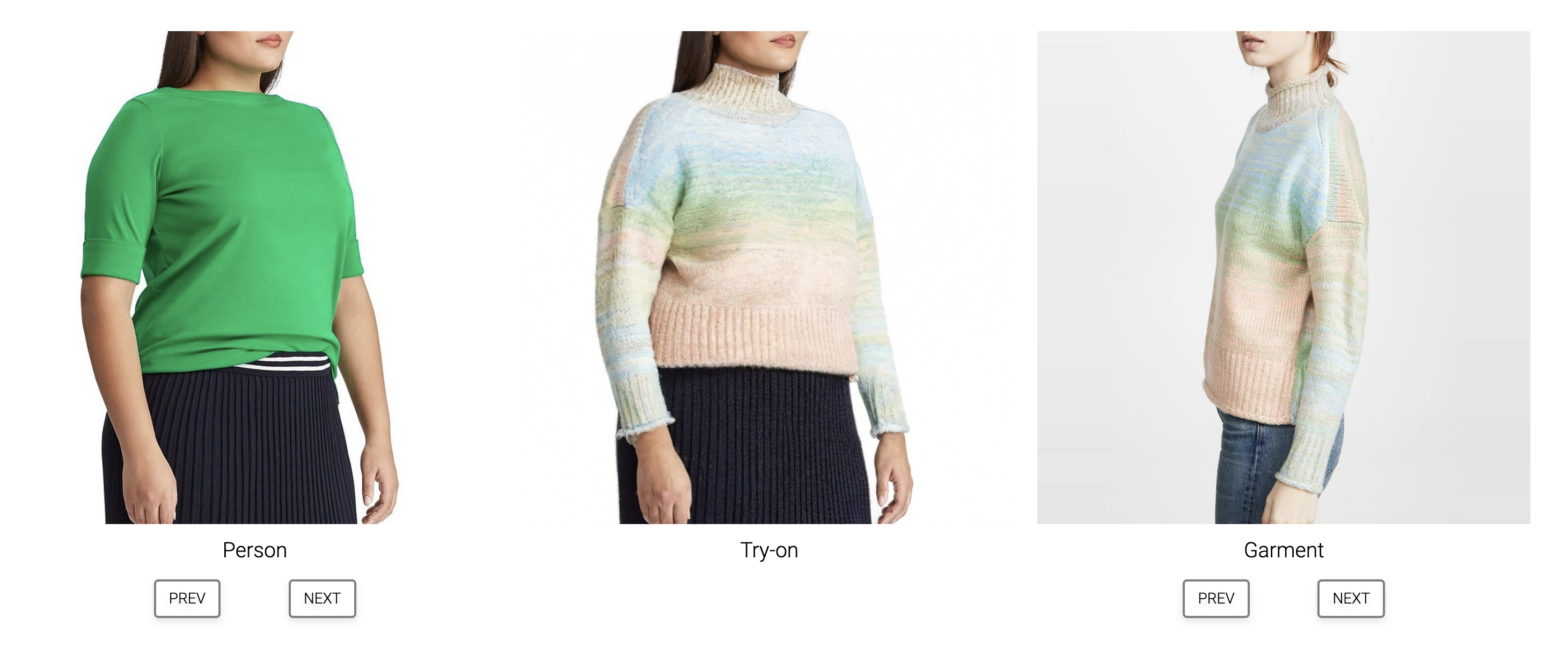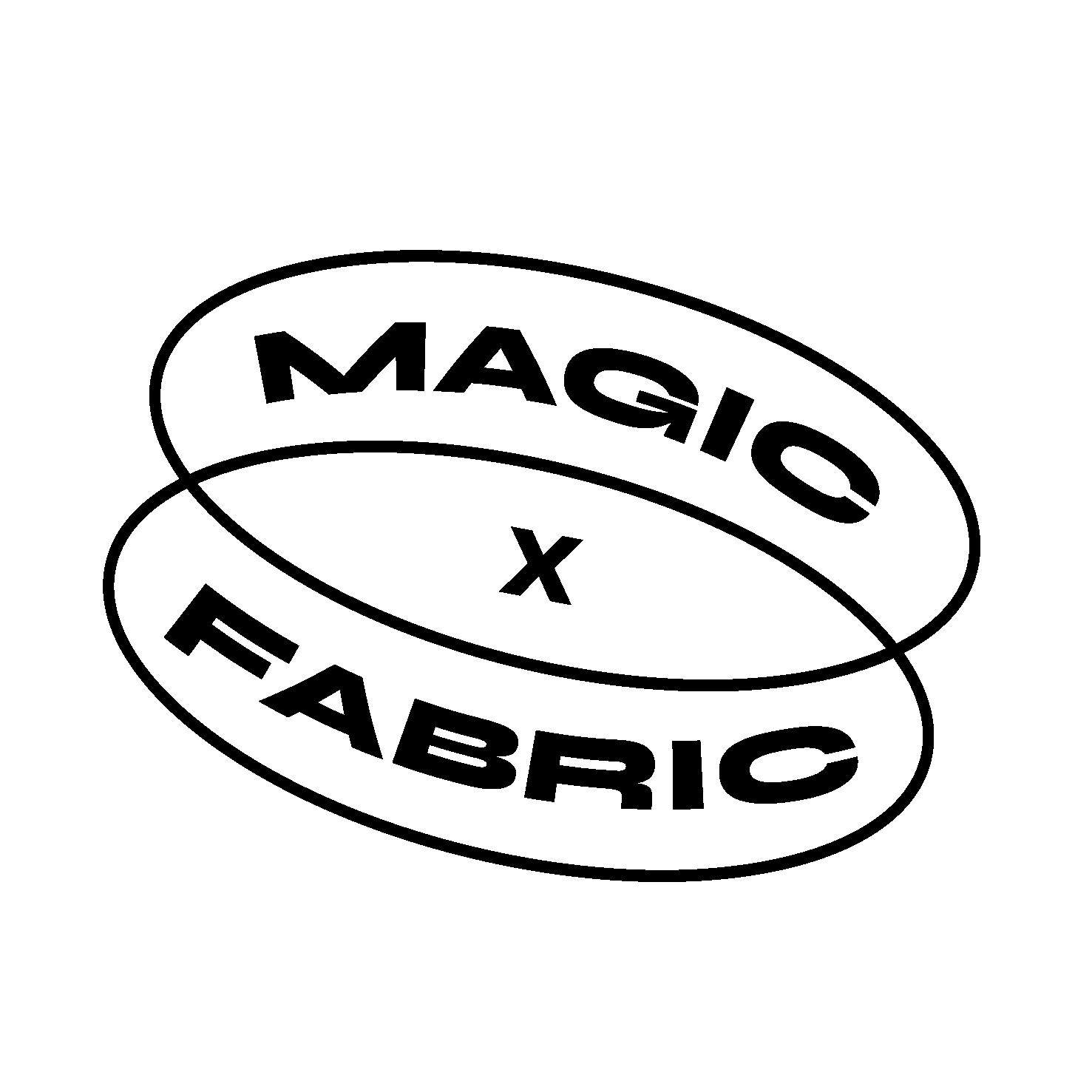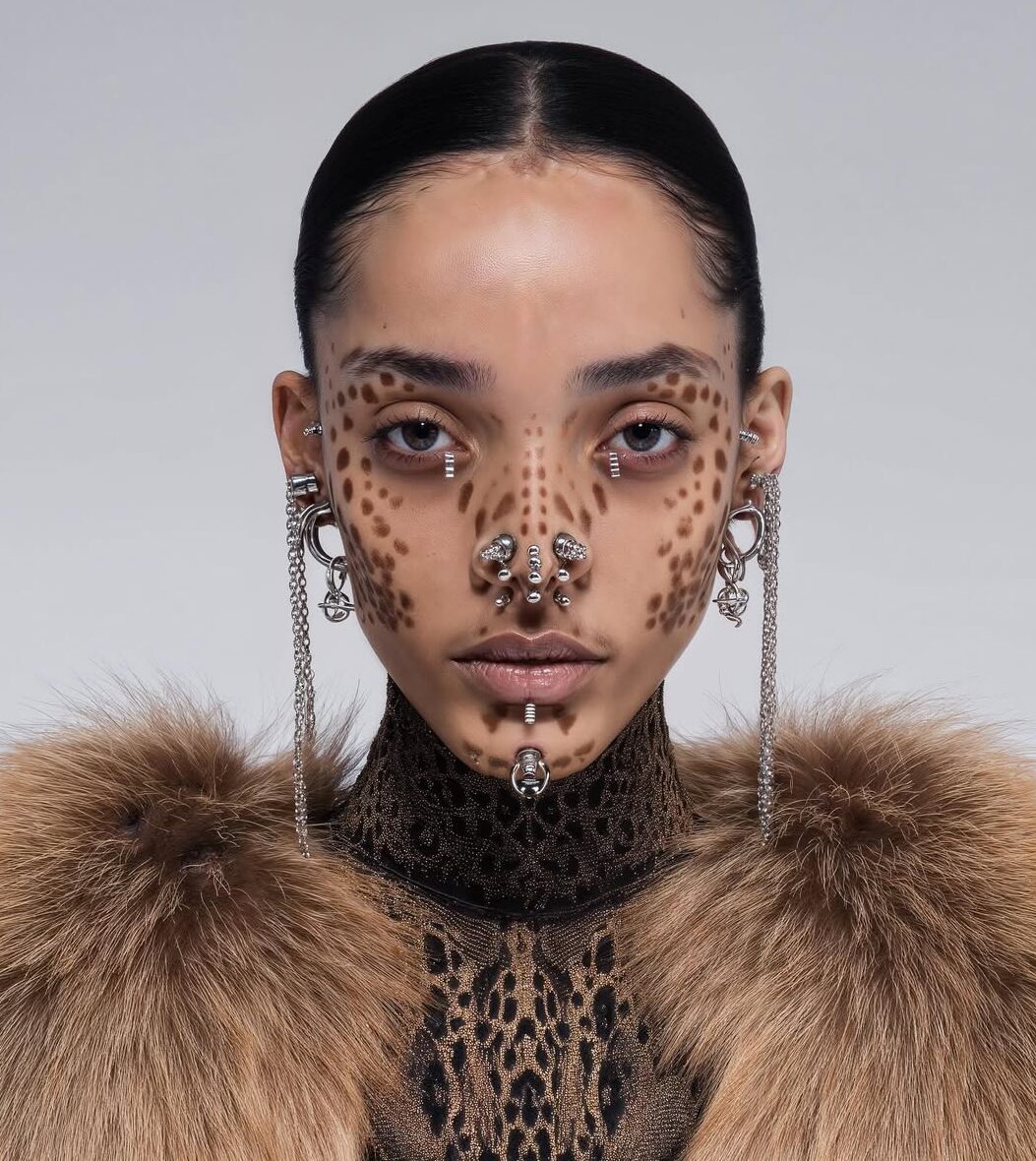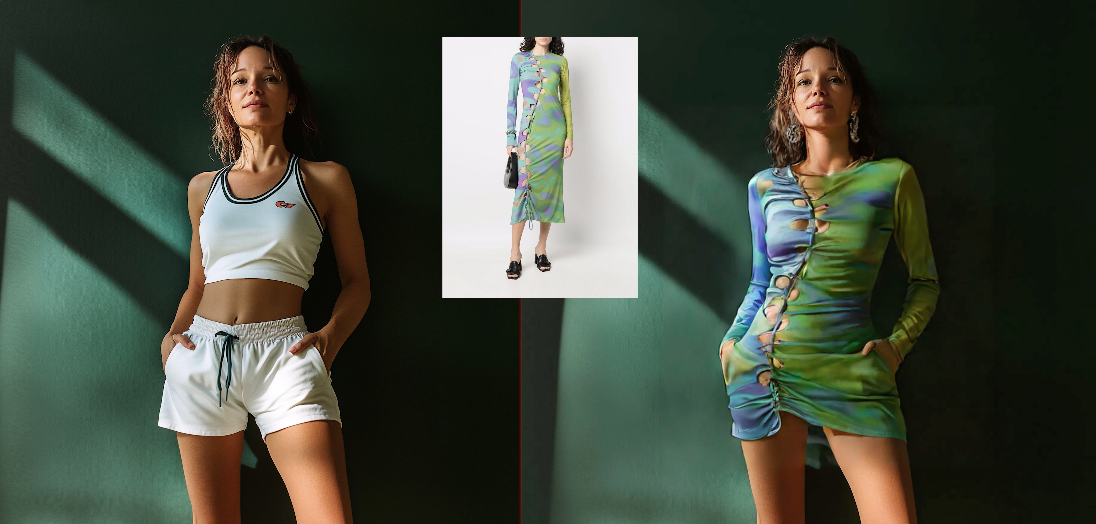Virtually Try on Clothes with AI: A New Era in Online Shopping
Virtual try-on technologies have the potential to completely change how we shop online. Nowadays, without physically trying on clothes, it’s possible to see how they might appear on your body thanks to artificial intelligence and computer vision. An innovative AI approach in this area has been presented in a recent Google research paper titled “TryOnDiffusion: A Tale of Two UNets”. The AI model is now powering Google’s new virtual try-on function for garments that allows customers to see the product worn by models of different body shapes and skin tones – a feature that many customers ask for. In this post, we will explore the possibilities of this technology and how it could change the virtual shopping experience.
AI advances the level of realism:
Virtual try-on methods powered by AI, such as TryOnDiffusion, combine deep learning models and sophisticated AI algorithms to produce remarkably lifelike visualizations of clothing on users. These methods transcend conventional augmented reality (AR) techniques which require 3D modeled assets that often result in clunky garments that don’t behave like cloth. AI-driven solutions are better at precisely fitting clothes to different body types and positions in comparison to 3D-driven AR solutions. They provide a new type of virtual try-on experience, enabling users to see the clothes as closely as possible to how they would seem in the real world – yet we are at early stage of these types of deployments.

Person, garment input, and try-on result
Seamless Adaptation to Pose and Body Changes:
It has always been difficult to accommodate differences in body shape and pose in virtual try-on applications. While augmented reality (AR) solutions have advanced in this field, artificial intelligence (AI) techniques provide more accurate and seamless adaption. TryOnDiffusion, for example, uses a unified method to warp the clothing and integrate it with the user’s body and attitude, giving a more accurate and realistic picture of how the item would look on the wearer.
Speed:
AI-driven approaches are known for their efficiency and speed. Unlike AR try-on services that overlay virtual garments on live camera feeds, AI methods, like TryOnDiffusion, generate visualizations through sophisticated neural networks. The optimized algorithms and parallel processing capabilities of AI models make it faster to render and reduce the time required for generating output. This can be incredibly important, especially on e-commerce platforms where quick interactions are of the essence. Ultimately, while AI virtual try-on techniques can offer faster rendering and processing times due to their off-line processing nature, the actual performance may depend on several factors and how the technology is deployed.

A diverse range of models, all wearing the same garment
Potential for Full-Body Try-On:
While both AR and AI virtual try-on approaches focus on upper-body clothing, AI approaches also have the potential to include full-body try-on scenarios. By using algorithms that can handle complex body shapes and movements, future AI-based solutions may enable users to virtually try on a broader range of garments, including bottoms, dresses, and accessories.
AR + AI?
The combination of AI-powered virtual try-on and AR technologies can also bring exciting possibilities to the future of virtual shopping. By merging AI-generated visuals with AR overlays, users can instantly see themselves wearing clothes they’ve picked. This integration adds a whole new level of personalization and also enables people to shop for clothes from the comfort of their homes with a visual understanding of how they would look wearing a specific garment. Using phones there is yet room for better and smarter interfaces than what’s currently on the market. Many applications have also focused more on brand engagement, filters, and digital entertainment rather than guiding people when shopping online. The existing solutions are simply just not sophisticated enough to solve the fit equation when it comes to cloth simulation.
While AR-based virtual try-on services have already made it possible to try on clothes digitally, AI technically has the potential to take it up a notch. AI techniques bring greater accuracy, and sophistication, and look a lot “smarter”. Though the use cases and applications available we have quite some way left to go in terms of tech maturity. As AI continues to advance, we can anticipate new and sleeker examples in this field. Virtual try-ons definitely have the potential to transform online garment shopping, blurring the boundaries between the physical and digital worlds in fun ways that bring more to the table than just the entertainment value.




